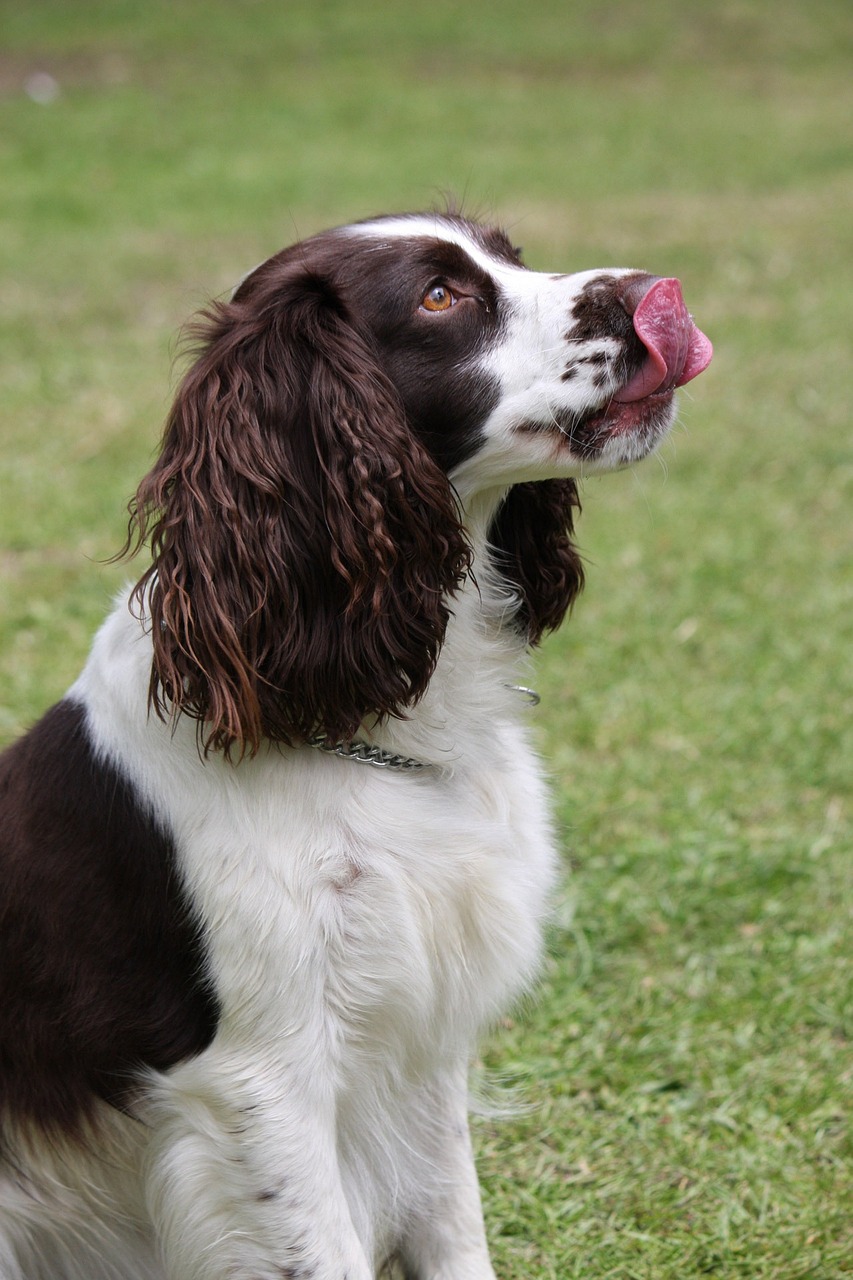Dog Body Language
As pet owners, understanding our dogs’ behavior and communication cues is crucial for building strong bonds and ensuring their well-being. Dogs rely heavily on body language to express their emotions and needs, and one such behavior that often perplexes owners is lip licking. While it may seem like a simple action, lip licking in dogs can convey a range of messages, from stress and anxiety to anticipation and communication. In this in-depth exploration, we’ll delve into the complexities of canine body language, focusing specifically on the meaning behind lip licking, and how to interpret this behavior to better understand our furry friends.
1. The Significance of Lip Licking in Canine Communication:
Lip licking, also known as tongue flicking or lip smacking, is a common behavior observed in dogs that carries various meanings depending on the context. Dogs use lip licking as a form of communication to express their emotions, needs, and intentions to both other dogs and humans. Understanding the underlying reasons behind this behavior is key to interpreting your dog’s state of mind and responding appropriately.
2. Stress and Anxiety:
One of the primary reasons dogs lick their lips is to alleviate feelings of stress and anxiety. When faced with unfamiliar or threatening situations, dogs may exhibit lip licking as a self-soothing mechanism to cope with their emotions. This behavior is often accompanied by other signs of stress, such as panting, yawning, pacing, or avoiding eye contact. By recognizing lip licking in these contexts, pet owners can intervene to help their dogs feel more comfortable and secure.
3. Submissive Gesture:
In social interactions with other dogs or humans, lip licking can serve as a submissive gesture. Dogs may lick their lips to communicate deference or respect to a perceived authority figure or to signal their non-threatening intentions to avoid conflict. This behavior is often displayed alongside other submissive body language cues, such as lowered body posture, averted gaze, and ears held back. Understanding lip licking as a submissive signal can help prevent misunderstandings and promote harmonious interactions between dogs and humans.
4. Anticipation and Excitement:
Lip licking can also be a sign of anticipation and excitement in dogs. For example, when dogs anticipate receiving a treat or engaging in a favorite activity, they may lick their lips in anticipation of the rewarding experience to come. Similarly, during playtime or social interactions, dogs may lick their lips as a way of expressing their enthusiasm and eagerness to interact with their human or canine companions. Recognizing lip licking as a sign of excitement allows pet owners to reinforce positive behaviors and strengthen the bond with their dogs.
5. Discomfort or Nausea:
In some cases, lip licking in dogs may indicate physical discomfort or nausea. Dogs may lick their lips in response to gastrointestinal issues, such as an upset stomach, indigestion, or nausea caused by motion sickness. Additionally, dogs may lick their lips in reaction to environmental factors, such as strong odors or tastes that they find unpleasant. If lip licking is accompanied by other signs of illness, such as vomiting, diarrhea, or lethargy, pet owners should consult with a veterinarian to rule out any underlying health concerns.
6. Communication:
Dogs are skilled communicators who use body language to convey their needs and desires to their human companions. Lip licking can be a subtle form of communication used by dogs to express a variety of messages, such as indicating hunger, signaling discomfort or anxiety, or requesting attention or affection. By paying attention to their dog’s body language, including lip licking, pet owners can better understand their dog’s emotions and respond accordingly to ensure their well-being and happiness.
Conclusion:
Dog Body Language: Lip licking is a nuanced behavior that plays a significant role in canine communication. By understanding the various meanings behind this behavior, pet owners can gain valuable insights into their dog’s emotions, needs, and intentions. Whether it’s a sign of stress, submission, excitement, discomfort, or communication, interpreting lip licking allows pet owners to respond appropriately and strengthen the bond with their furry companions. By fostering open communication and mutual understanding, we can enhance the relationship between humans and dogs and ensure a happy, healthy life for our canine friends.
